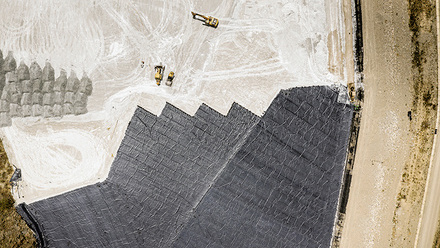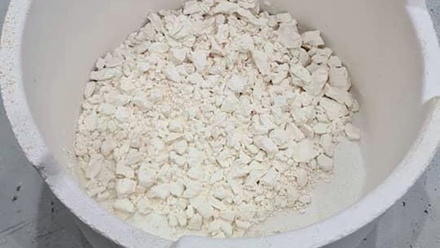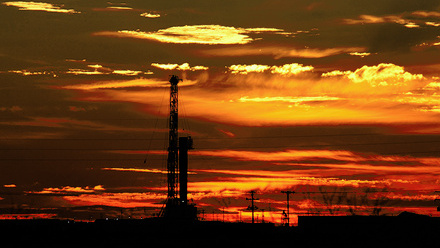Obituary - Professor Peter R Simpson CEng FIMMM
Peter Simpson was a true Scot with a breadth of knowledge and experience in the fields of geology, economic mineralogy and geochemistry.
Professor Peter R Simpson CEng FIMMM
12 May 1936 - 24 April 2019
Professor Peter Simpson died on 24 April 2019 at West Middlesex Hospital, Isleworth at the age of 82. He was formerly Professor at Imperial College and Scientist at the British Geological Survey, beloved husband of Professor Jane Plant (deceased), father to Emma and Thomas and grandfather to Max and Sonny. His boundless enthusiasm for life and his breadth of knowledge and experience inspired many.
A true Scot, Peter was educated in Scotland and London prior to his National Service in the Gordon Highlanders. He was immediately seconded to the Kings African Rifles serving in East Africa 1955–1957 and one of the last British Officers to undertake this role.
After National Service Peter read the Natural Science Tripos at Cambridge followed by an MSc at New Brunswick, which is Canada’s oldest English-speaking University. He returned to Africa as an exploration geologist for Anglo-American before joining the British Geological Survey (then IGS) in 1969. In BGS, Peter became a fellow of the Geological Society and of the Institution of Mining and Metallurgy (now the Institute of Materials, Minerals & Mining). In 1978, Peter achieved CEng and in 1989 was awarded Eur Ing by FEANI.
At the BGS, Peter was a principal scientist working in the Mineralogy Unit, Geochemical Division, in Grays Inn Road, London. It was then an exciting era for new analytical techniques with adequate funding and instrument advances being made. Peter was involved in economic mineralogy, particularly related to uranium. This work was mostly with S.H.U. Bowie and involved studies of South African (Witwatersrand) deposits and also sites in Portugal where exploration work was underway. Peter developed a neutron activation technique using bullet-proof plastic to record radiation damage from polished sections so that the radioactive minerals could be located. The Witwatersrand work led to the joint Royal Society / Mineralogical Society meeting ‘Mineralogy: towards the twenty-first century’ organised by J.E.T. Horne (Mineralogical Society General Secretary) and Sir Kingsley Dunham (Foreign Secretary for the Royal Society) on 7–8 April 1976 to celebrate the Mineralogical Society’s centenary. This resulted in the joint Royal Society / Mineralogical Society book: Mineralogy: Towards the Twenty First Century. (Horne and Dunham, 1977). Parallel studies were published in Philosophical Transactions of the Royal Society, London (e.g. Simpson and Bowles, 1977), as United States Geological Survey Professional Papers and in published reports of the IAEA (International Atomic Energy Authority) (Simpson and Bowles, 1978). Peter was also active in researching the moon rocks of the Apollo programme.
At the BGS, Peter met and married Jane Plant, also a geochemist, who was developing what would become the high-resolution geochemical map of the UK. During the start of the survey, in Shetland, they nearly came to a sticky end when they were rushing for the ferry and collided with a lorry load of sheep that had just disembarked. They returned to the laboratories in Gray’s Inn Road bruised from their encounter. Their personal and professional relationship continued for the rest of their lives.
Following the relocation of the Geochemical Division to Nottingham, Peter became project leader of the Geochemical Survey Programme (G-Base). During this time Peter’s team carried out the systematic geochemical survey of northwest England, Wales and the Midlands. He oversaw the publication of the Geochemical Atlas for Wales and the introduction of hydrogeo-chemical data acquisition to the programme. Outside mainland Britain, Peter worked on geochemical mapping and identification of exploration targets in Shetland, as well as an innovative project looking at the geochemical ‘footprint’ of coal-fired power stations in China and India. Peter retired from the BGS in 1997.
In January 2004 Peter became the Scientific Secretary and Editor of Science in Parliament, a role he continued for over eight years. He also renewed his connection with the Royal School of Mines, Imperial College as Professor in the Department of Earth Science and Engineering in Exploration and Environmental Geochemistry. In this role he was responsible for the significant discovery that platinum-group elements recorded in geochemical studies of urban areas are enhanced by emissions from vehicle catalytic converters. As always, Peter gained the respect of colleagues and students alike.
Peter renewed his connection with the Kings African Rifles and in 2018 made a generous donation that commissioned a statue depicting an African Askari, the mainstay of the KAR during the pre-independence history of East Africa. It can be seen at the National Memorial Arboretum, Staffordshire. Clearly Peter had maintained his strong connection from his pre-university days.







